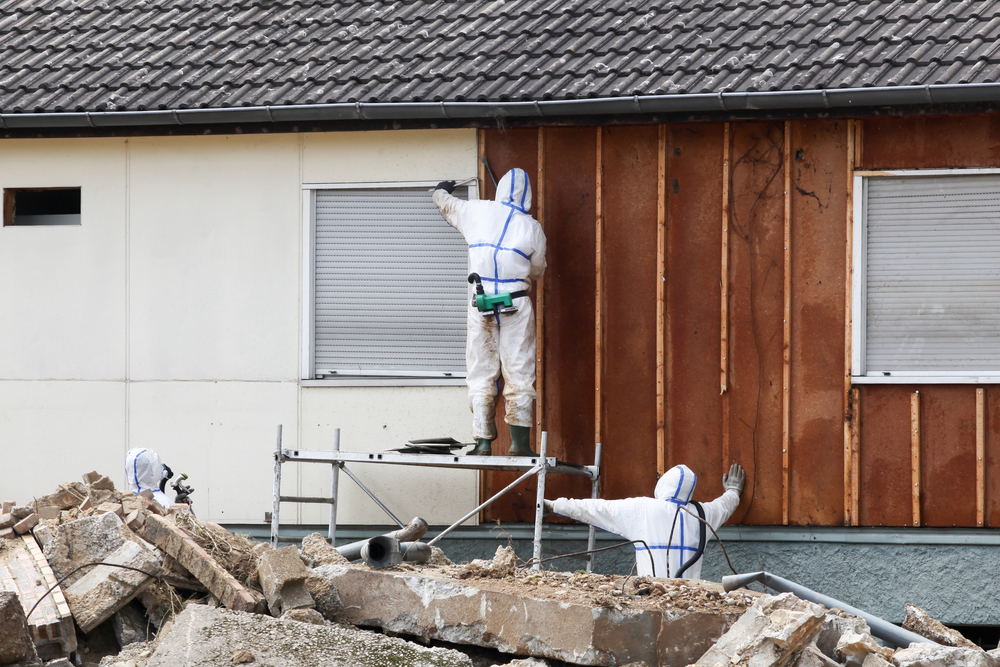
Tradespeople like electricians, plumbers, and builders often face unique health risks due to exposure to asbestos.
Although asbestos was banned in Australia in 2003, it remains a hidden danger in many older buildings, with asbestos-containing materials (ACMs) present in insulation, pipes, cement, and other construction materials.
Understanding the risks and taking proactive measures can help protect your health and prevent asbestos-related diseases. And that’s what we’re here to help with today – keep reading to learn more about avoiding asbestos exposure.
When tradespeople disturb asbestos-containing materials during renovations, demolitions, or repairs, tiny asbestos fibres are released into the air. These fibres, when inhaled, can embed themselves in lung tissue, causing scarring and inflammation that may lead to serious health problems. Because asbestos dust is invisible and does not break down over time, it remains a long-term hazard on worksites.
Key health risks associated with asbestos exposure include:

Electricians, plumbers, and builders frequently encounter asbestos in older structures. Some of the most common asbestos-containing products and materials include:
These toxic substances pose the greatest risk when disturbed, releasing airborne fibres that are easily inhaled.
Tradespeople can significantly reduce their risk of developing asbestos-related diseases by following these best practices:

The effects of asbestos exposure are not immediate, often taking decades for symptoms to develop.
This latency period means workers may not realise the seriousness of their initial exposure until much later.
Early detection of asbestos-related lung diseases, such as mesothelioma or asbestosis, can improve treatment outcomes. If you believe you’ve been exposed to asbestos fibres, seek medical advice and document the exposure for future reference.
Employers in the construction industry have a legal obligation to protect workers from asbestos exposure. This includes:
Tradespeople, in turn, must follow all workplace safety protocols and report any suspected asbestos materials immediately.
Licensed asbestos removalists are essential for safely handling and disposing of asbestos-containing products.
If you encounter asbestos in your work, do not attempt to remove it yourself. Proper removal and disposal require specialised training and equipment to prevent contamination and ensure compliance with safety regulations.
That’s where we come in. At Asbestos Australia, we remove asbestos safely and dispose of it correctly. Our asbestos removal services are available in Melbourne, throughout Victoria and in New South Wales and South Australia.

Asbestos exposure remains a serious health hazard for electricians, plumbers, and builders. By staying informed and following workplace safety guidelines, you can reduce your risk of developing asbestos-related diseases and ensure a safer environment for yourself and your coworkers.
Asbestos Australia is committed to safeguarding tradespeople. From asbestos inspections to professional removal services, we’re here to help you manage asbestos risks effectively. Contact us today to learn more about how we can protect you and your team.
Posted By: Asbestos Australia Removalist
Leave a Reply